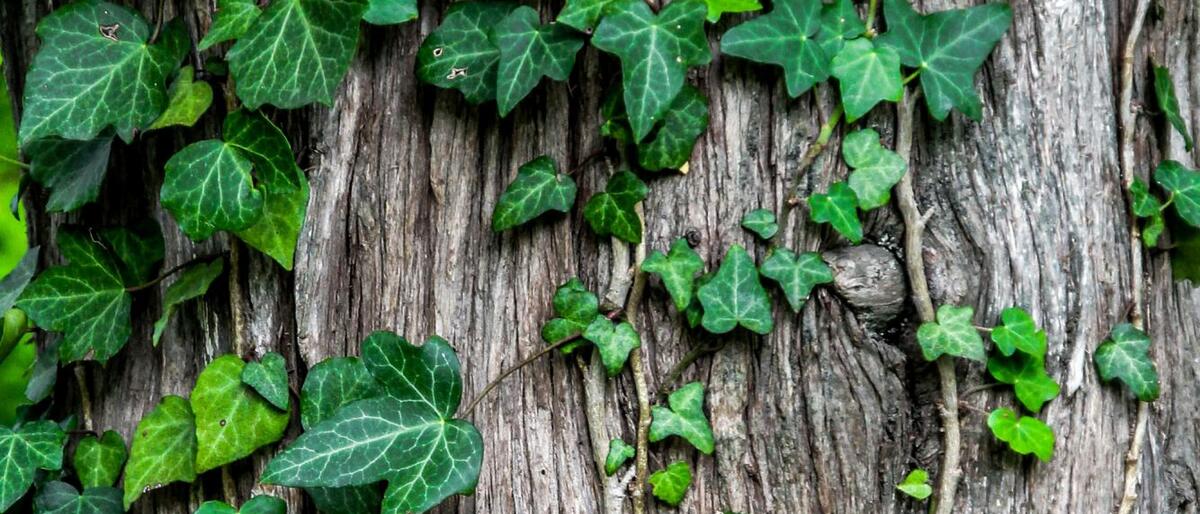4 Plants To Never Plant


Choosing only four plants was tough; however, we narrowed it down to the common residential planting miss-steps. Landscapes are typically a place of relief; however, if an invasive plant is established, your haven can turn into a landscaping nightmare (for more information on what invasive plants are and how to destroy native land please visit this link). There are many trees and shrubs that, while beautiful, should be avoided in Oregon landscapes. Choosing the right plants can get confusing, large home stores can complicate matters by selling invasive plants in their nurseries to unknowing consumers. Below is a list of 4 plants to never plant with alternatives to consider.
While Bamboo may seem like a great idea, due to its fast growing nature, the beauty and privacy it creates it will quickly be realized how much of a headache it can be. Bamboo is very difficult to control. Their roots can invade house foundations and underground pipes. Some may attempt to control bamboo with root barrier systems extending about 24 to 36 inches placed vertically into the ground. However, this is not a foolproof plan, as ongoing regular maintenance by digging down and clipping back the roots will need to be performed to keep this as an effective control tactic. Another common “control” method is pot planting. This is also not recommended, as the bamboo will root out of the bottom of the pot and can take over quickly. Instead, clumping bamboo is a great alternative (installed with a barrier or in pots). This is much less invasive and can add an Asian element to any landscape without destroying underground pipes and foundations.
Often, English ivy is referred to as the “great tree killer.” Similarly to bamboo, English ivy aggressively destroys foundations and siding plus strangles trees and plants if not removed or controlled. It is illegal for a landscaping company to plant or sell this product to a customer. Boston ivy is a great alternative; however, it is deciduous, so there is no foliage in winter (but it will return in spring). In fall Boston ivy turns a brilliant orange/red color. It is a fast grower and will conceal many eyesores while adding sophistication to any landscape.
Planting this may be a great temptation as the flowers are fragrant and beautiful while attracting butterflies and bees. However, it is important to keep in mind it is considered a noxious weed in Oregon, kills our native plants, and is difficult to control. Some great alternatives to butterfly bush are mock orange, red current and elderberry.
We know you may be overwhelmed with Christmas cheer, but English holly will bring anything but cheer. It grows very large, on average 6 to 15 feet, and can even reach heights of 50 feet. The leaves are spiny and the berries are poisonous; therefore, we consider this an unsafe plant for children and pets. Alternatives to English holly include osmanthus and elderberry. If you have any questions on planting your landscape or need assistance in eradicating invasive plants please contact us at (503) 669-0606 or complete our contact form.
Helpful Links: